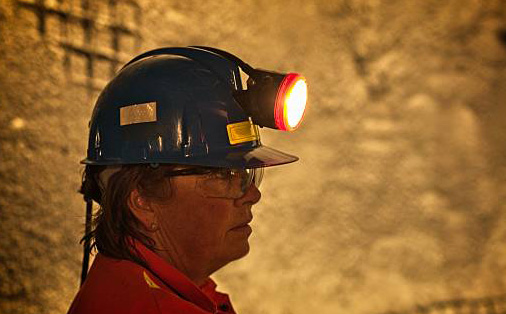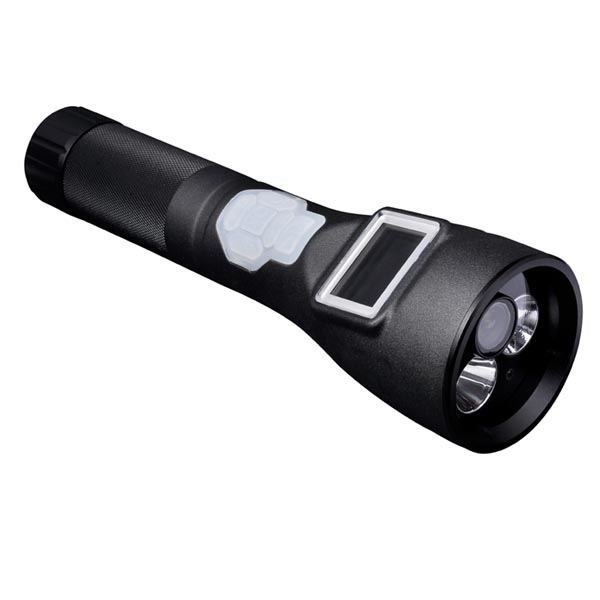Global miners respond to call to publish tailings dam details
 Jul 15,2019
Jul 15,2019

 JLKJ
JLKJ
Global miners respond to call to publish tailings dam details
Global mining companies have responded to a call by ethical investors working on a global standard for tailings dams to provide information about the facilities that they control, with several companies having published information about their tailings storage facilities (TSFs).
These include major diversified majors BHP Billiton, Anglo American and Glencore, as well as gold miner Gold Fields. Several other mining companies, such as Russia-focused Polymetal and Brazil-focused Serabi Gold last month already disclosed their TSF management plans.
In its presentation, BHP announced the creation of a dedicated tailings task force to drive an enhanced focus on internal dam management and to support the development of international best practice. It was also investigating new technologies to further mitigate current dam risks and eliminate future risk including equipping high safety mining cap lamps for mine workers.
BHP’s review identified no immediate concern about the integrity of any of its 67 operated dams, only 13 of which are currently active. Twenty-nine of the company’s operated facilities are upstream dams, of which five are active.
The miner reported that 32 of its TSFs fell in the “high”, “very high” or “extreme” classification for hypothetical loss of life and damage to surround areas if a failure were to occur without any controls. The classification from the Canadian Dam Association did not measure the stability of the dams or the likelihood of them bursting.
Five of the active dams carry an “extreme” consequence classification, three of which are in Australia, one in the US and one in Peru.
Dam safety at BHP has been in the spotlight following the deadly 2015 dam failure at its Samarco joint venture (JV) with iron-ore giant Vale that caused Brazil’s worst environmental disaster. BHP is now facing a $5-billion class action damages claim in England for alleged negligence in relation to that disaster.
In January this year, dam safety was again brought to the fore when Vale’s Brumadinho dam burst, killing more than 300 people. Following the tragedy, a group of 96 institutional investors (representing more than $10.3-trillion assets under management) wrote to 683 extractive companies seeking greater disclosure on the management of TSFs.
The Church of England Pensions Board had argued that mining companies’ disclosure about TSFs were “largely inadequate”.








 HOME
HOME Arab & African Mining
Arab & African Mining  You May Also Like
You May Also Like






















 Tel
Tel
 Email
Email
 Address
Address





